Чайные - Theaceae
Theaceae /θiːˈeɪsiː/ is a family of flowering plants, composed of shrubs and trees, including the camellias. It can be described as having from seven to 40 genera, depending on the source and the method of circumscription used. The family Ternstroemiaceae has been included within Theaceae; however, the APG III system of 2009 places it instead in Pentaphylacaceae.
Plants in this family are characterized by simple leaves that are alternate spiral to distichial, serrated, and usually glossy. Most of the genera have evergreen foliage, but Stewartia and Franklinia are deciduous. The toothed margins are generally associated with a characteristic Theoid leaf tooth, which is crowned by a glandular, deciduous tip. The flowers in this family are usually pink or white and large and showy, often with a strong scent. The calyx consists of five or more sepals, which are often persistent in the fruiting stage, and the corolla is five-merous, rarely numerous. Plants in Theaceae are multistaminate, usually with 20-100+ stamen either free or adnate to the base of the corolla, and are also distinctive because of the presence of pseudopollen. The pseudopollen is produced from connective cells, and has either rib-like or circular thickenings. The ovary is often hairy and narrows gradually into the style, which may be branched or cleft. The carpels are typically opposite from the petals, or the sepals in the case of Camellia. The fruits are loculicidal capsules, indehiscent baccate fruits or sometimes pome-like. The seeds are few and sometimes winged, or in some generas covered by fleshy tissue or unwinged and nude.
Plants in this family are characterized by simple leaves that are alternate spiral to distichial, serrated, and usually glossy. Most of the genera have evergreen foliage, but Stewartia and Franklinia are deciduous. The toothed margins are generally associated with a characteristic Theoid leaf tooth, which is crowned by a glandular, deciduous tip. The flowers in this family are usually pink or white and large and showy, often with a strong scent. The calyx consists of five or more sepals, which are often persistent in the fruiting stage, and the corolla is five-merous, rarely numerous. Plants in Theaceae are multistaminate, usually with 20-100+ stamen either free or adnate to the base of the corolla, and are also distinctive because of the presence of pseudopollen. The pseudopollen is produced from connective cells, and has either rib-like or circular thickenings. The ovary is often hairy and narrows gradually into the style, which may be branched or cleft. The carpels are typically opposite from the petals, or the sepals in the case of Camellia. The fruits are loculicidal capsules, indehiscent baccate fruits or sometimes pome-like. The seeds are few and sometimes winged, or in some generas covered by fleshy tissue or unwinged and nude.
34 images
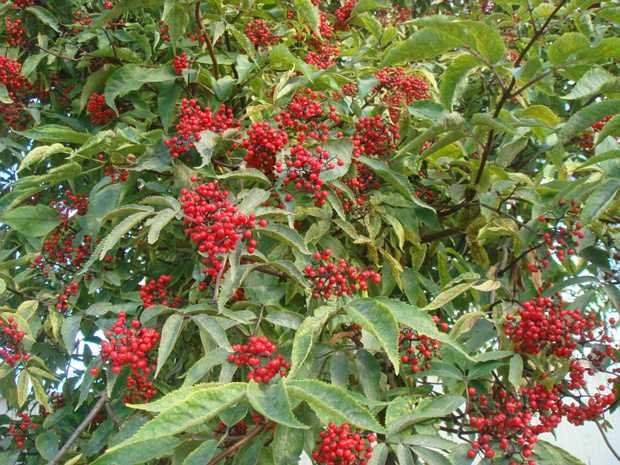

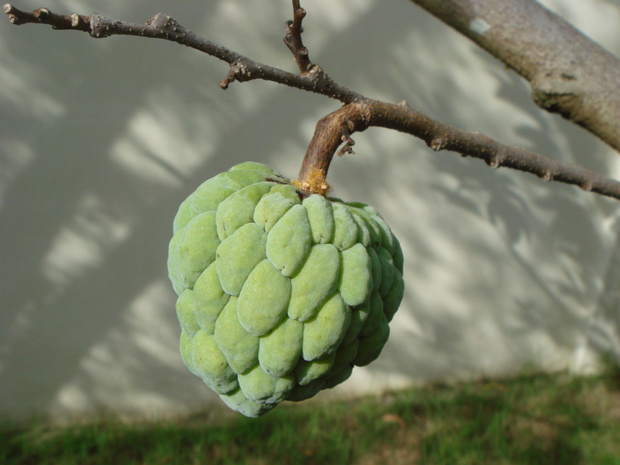

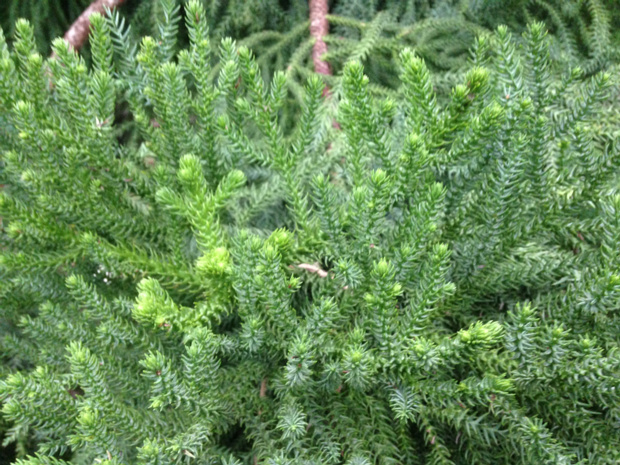
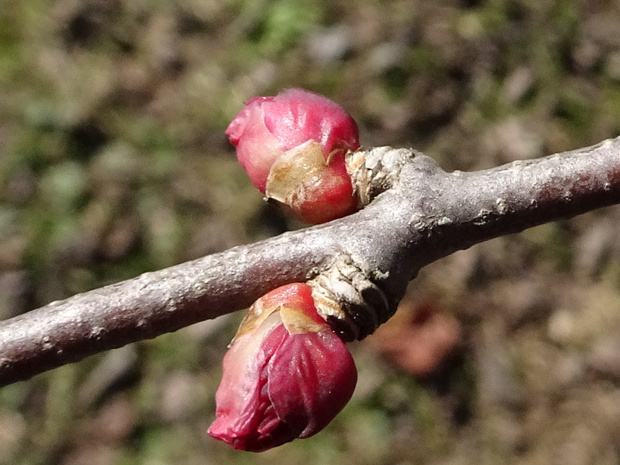

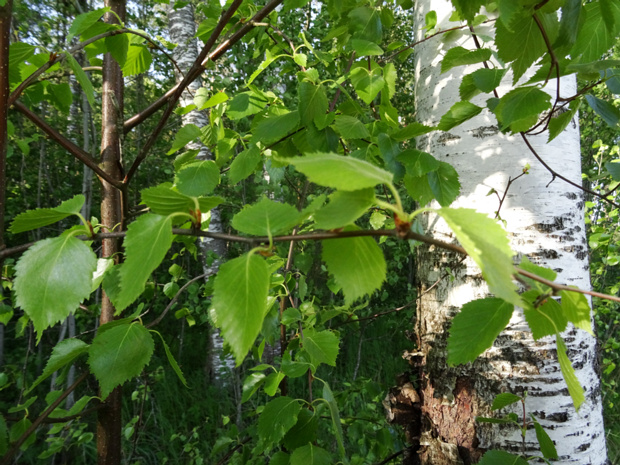
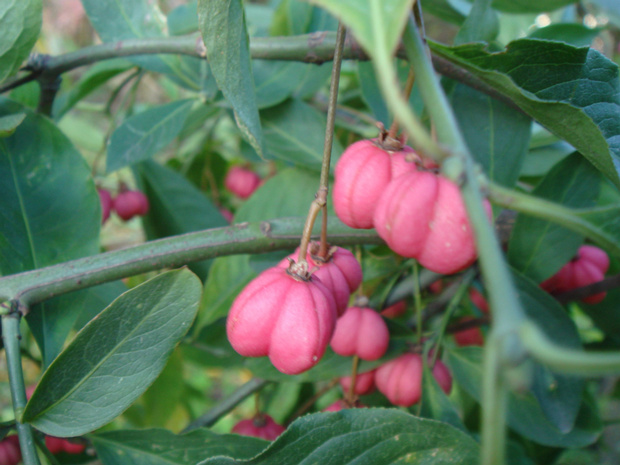
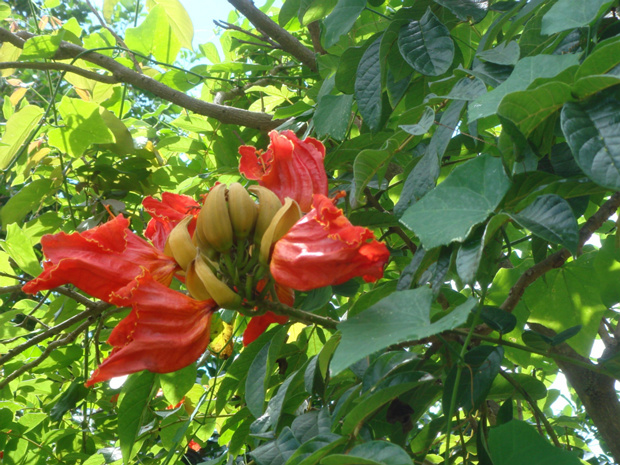
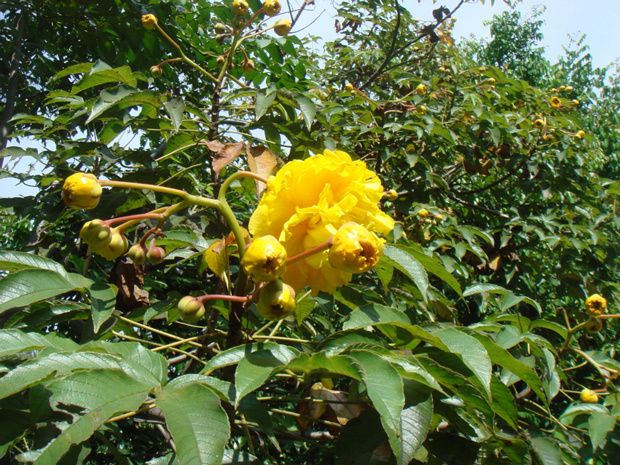
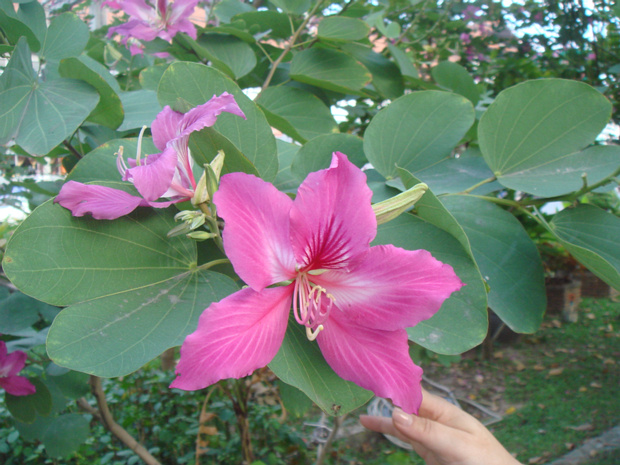
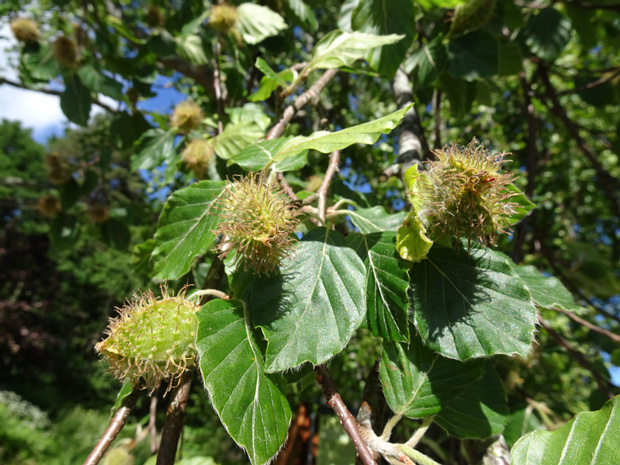
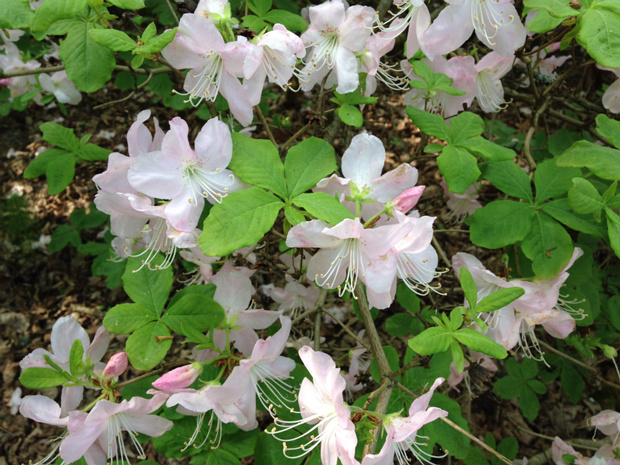
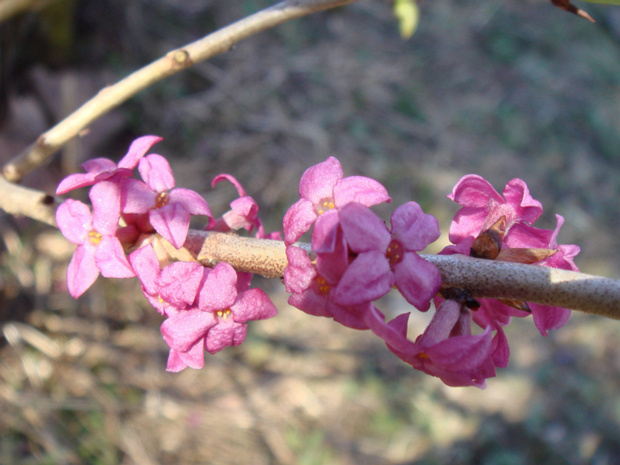


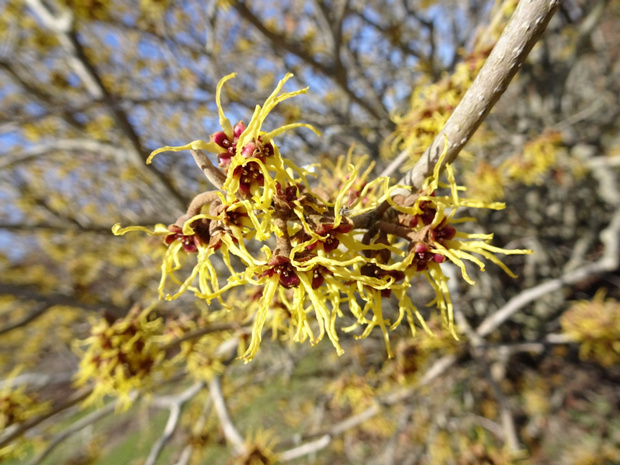
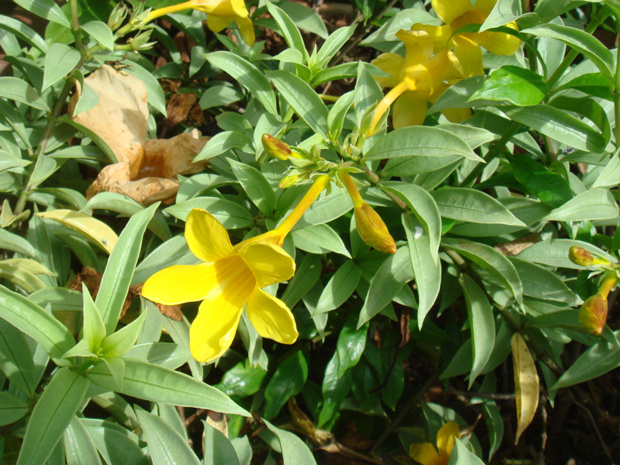
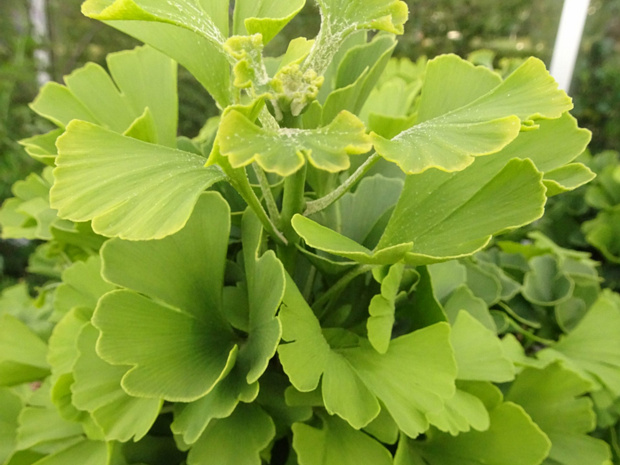


Its genus name comes from the Greek prefix sciado- meaning "shadow" and pitys, meaning "pine"; the specific epithet means "with whorls".
It is an evergreen tree that can grow 15–27 m tall, with brown main shoots bearing whorls of 7–12 cm long flexible green cladodes that look like, and perform the function of, leaves but are actually composed of stem tissues; occasionally, a cladode will be forked and produce a bud in the 'v' of the fork. The cones are 6–11 cm long, mature in about 18 months, and have flattish scales that open to release the seeds.
It is a very attractive tree and is popular in gardens, despite its slow growth rate.
A symbolic representation of the tree (known in Japanese as kōyamaki) was chosen as the Japanese Imperial crest for Prince Hisahito of Akishino, currently third in line to the Chrysanthemum Throne.
The plant was first introduced to Europe by John Gould Veitch in September 1860.
There is debate on what plant family Baltic amber was produced by, with macrofossil and microflossil evidence suggesting a Pinus relative, while chemical and infrared microspectroscopy evidence suggests relatives of either Agathis or Sciadopitys.